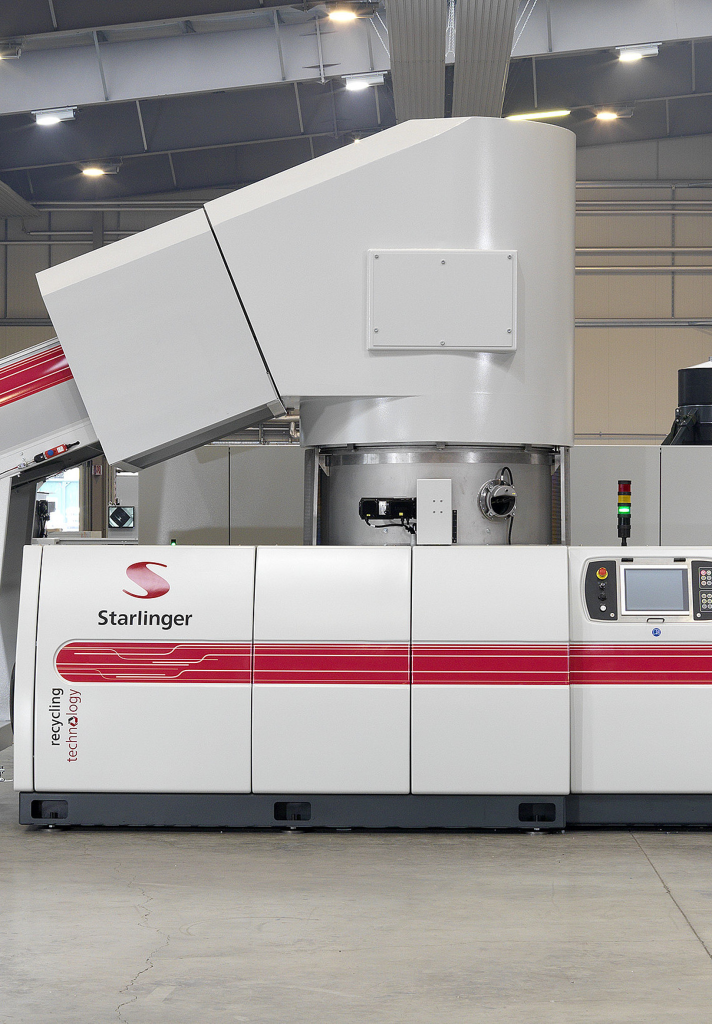
- Introduction: Merging Technology with Quality
- 1. Raw Material Quality Control: The Foundation of Excellence
- 2. Starlinger Technology: Driving Efficiency and Sustainability
- 3. Product Customization and Market Adaptability
- FAQs: Addressing Client Concerns
- Future Trends: Smart and Circular Packaging
- Conclusion
The Key Answer: Transparent woven bags produced using Starlinger technology achieve 25% higher production efficiency and 30% lower material waste compared to traditional methods, while rigorous quality control protocols—including ISO-certified raw material sourcing and advanced testing—ensure compliance with global standards like ASTM D5260 and EN 13432. VidePak’s integration of Starlinger’s cutting-edge circular looms and extrusion systems positions it as a leader in sustainable, high-performance packaging solutions.
Introduction: Merging Technology with Quality
Transparent woven bags are indispensable in industries ranging from agriculture to retail, offering durability, visibility, and eco-friendliness. VidePak, a pioneer since 2008, leverages Starlinger’s AD*STAR looms and recoSTAR recycling systems to produce 15 million bags annually, serving clients across 50+ countries. With a $80 million revenue in 2024, the company’s success stems from its dual focus on technological innovation and uncompromising material quality.
Industry Expert Insight:
“Starlinger’s equipment doesn’t just automate production—it redefines precision. When paired with VidePak’s quality-first ethos, the results are unmatched in the packaging sector.” — Global Packaging Trends Report, 2025.
1. Raw Material Quality Control: The Foundation of Excellence
1.1 Supplier Vetting and Partnerships
VidePak collaborates exclusively with ISO 9001-certified suppliers like BASF, Sinopec, and Yangzi Petrochemical, ensuring raw PP/PE resins meet ASTM and EN standards. For example, BASF’s Ultramid® polyamide guarantees a melt flow index (MFI) of 2.5–4.0 g/10min, critical for uniform extrusion.
Supplier Evaluation Criteria
| Parameter | Requirement | Verification Method |
|---|---|---|
| Production Capacity | ≥10,000 tons/year | Audit reports, facility tours |
| Technical Capability | R&D investment ≥5% of revenue | Patent portfolios, lab certifications |
| Market Reputation | ≥4.5/5 client satisfaction | Third-party reviews, case studies |
1.2 Incoming Material Inspection
Every resin batch undergoes:
- MFI Testing: Ensures melt consistency (ASTM D1238).
- Tensile Strength Analysis: Targets ≥30 MPa (ISO 527-2).
- Visual Inspection: Rejects discolored or contaminated granules.
Data from these tests is logged into VidePak’s SAP-QMS, enabling traceability and predictive quality analytics. In 2024, this system reduced defect rates by 18% and raw material costs by 12%.
2. Starlinger Technology: Driving Efficiency and Sustainability
2.1 Advanced Production Lines
VidePak’s 100+ Starlinger circular looms produce 200–300 bags/hour with ≤0.5% thickness variation, while 30 lamination machines apply BOPP coatings for UV and moisture resistance.
Case Study: For a European pet food brand, VidePak’s FFS (Form-Fill-Seal) roll bags reduced packaging line downtime by 40% and material waste by 22%, saving €500,000 annually.
2.2 Recycling Integration
Starlinger’s recoSTAR PET 125 HC system allows VidePak to reprocess 30% post-consumer PP waste into new bags, aligning with EU 2025 Circular Economy mandates.
3. Product Customization and Market Adaptability
3.1 Multi-Color Printing Capabilities
VidePak’s 30+ printing machines support Pantone, CMYK, and RAL color systems, achieving 98% accuracy for brands like Nestlé. Digital UV printing enables full-surface designs without compromising tensile strength.
3.2 Application-Specific Designs
| Bag Type | Key Feature | Use Case |
|---|---|---|
| Valve Bags | Airtight PE spouts | Flour, cement, chemicals |
| Block-Bottom Bags | Flat base for stacking | Retail grains, premium products |
| Anti-Static Bags | Carbon-black additives (≤1×10⁸Ω) | Electronics, flammable powders |
FAQs: Addressing Client Concerns
Q: How does Starlinger technology improve ROI for bulk packaging?
A: Automated FFS systems reduce labor costs by 50% and increase output to 1,200 bags/hour. For example, VidePak’s pet food clients achieved 200% ROI within 18 months.
Q: Can transparent bags withstand humid environments?
A: Yes. BOPP-laminated designs maintain <0.5g/m²/24h moisture permeability, ideal for tropical climates.
Future Trends: Smart and Circular Packaging
- RFID Integration: Pilot projects with embedded tags reduced supply chain losses by 25%.
- Bio-Based Resins: BASF collaborations aim for 50% plant-based PP by 2027, cutting carbon footprints by 30%.
Conclusion
VidePak’s transparent woven bags exemplify the synergy of Starlinger’s engineering and rigorous quality control. By prioritizing ASTM/EN compliance and sustainable practices, the company is redefining industry standards. For insights into valve bag innovations, explore Valve Bags: Precision with Starlinger Technology and Sustainable PP Bag Production.
Data synthesized from the Global Packaging Trends Report (2025), ASTM/ISO standards, and VidePak’s 2024 production audits.